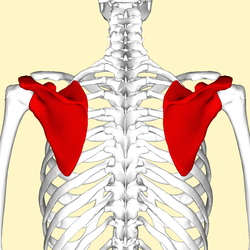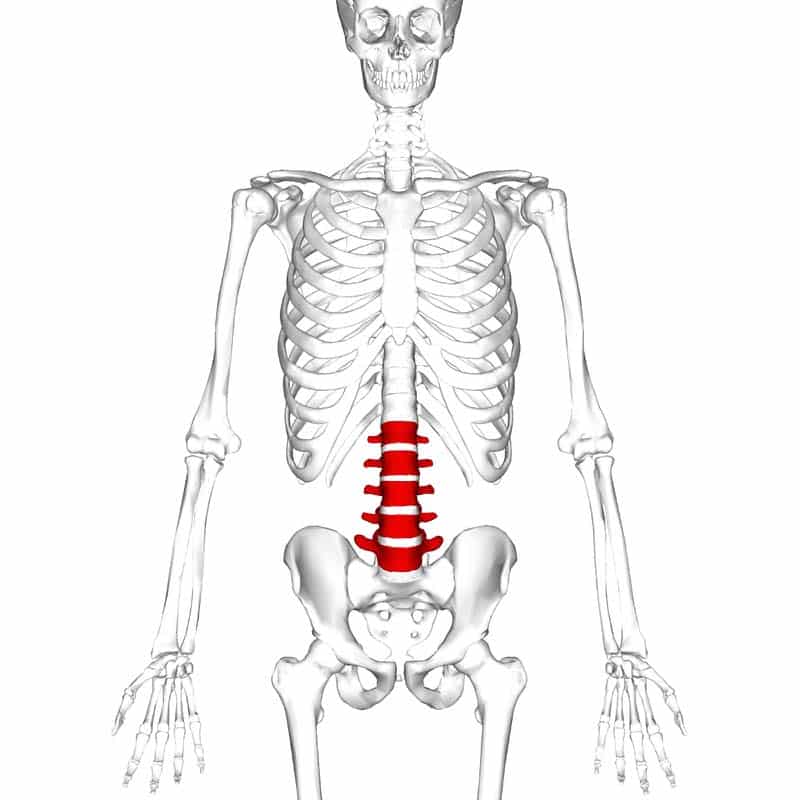What is the medical term for nosebleeds?
epistaxis
What part of our eye is the color part that can enlarge or shrink to allow more or less light into the eye?
Iris
What is the difference between compact and spongy bone?
Compact bone is on the outer part of the bone where the osteons are closer together.
Spongy bone is found inside the bone near the top ends of the bone.
What are the arteries?
The arteries are rigid walls to allow them to expand in contact with the high-pressure blood that they are responsible to pumping to the rest of the body.
What are the two bones in the forearm?
Radius (right) and ulna (left)
What captures light rays and processes them with nerve endings to the optic nerve?
Retina
What is the difference between osteoblasts and osteoclasts?
Osteoblasts form new bone tissue. Osteoclasts break down and reabsorb bone tissue.
What are capillaries?
Capillaries are thin-walled vessels that allow the exchange of materials.
What is a hormone?
Hormones help the body communicate through the use of chemicals signal in the endocrine system
What part of the eye bends light rays (refraction) so that they can pass through the pupil?
Cornea
How many bones are there in the body?
206
What are veins?
Veins have valves that prevent the backflow of blood and allow it to move toward the heart.
What is the top two layers of the skin?
Epidermis and Dermis
What is the round opening in the center of the iris that changes size to let light into the eye?
Pupil
Where is your scapula?

What are the three arteries that we use to check the pulse in CPR?
Carotid - adults
Brachial - infant
Femoral and Carotid - children
What is the difference between an antigen and an antibody?
An antigen is a foreign substance that enters your body. An antibody is a protein produced by your immune system to attack and fight off these antigens.
What part of the eye helps it keep its shape?
Vitreous humor
What is the lumbar area of the vertebrae?

Which two organs work closely together to circulate blood?
Heart and Lungs